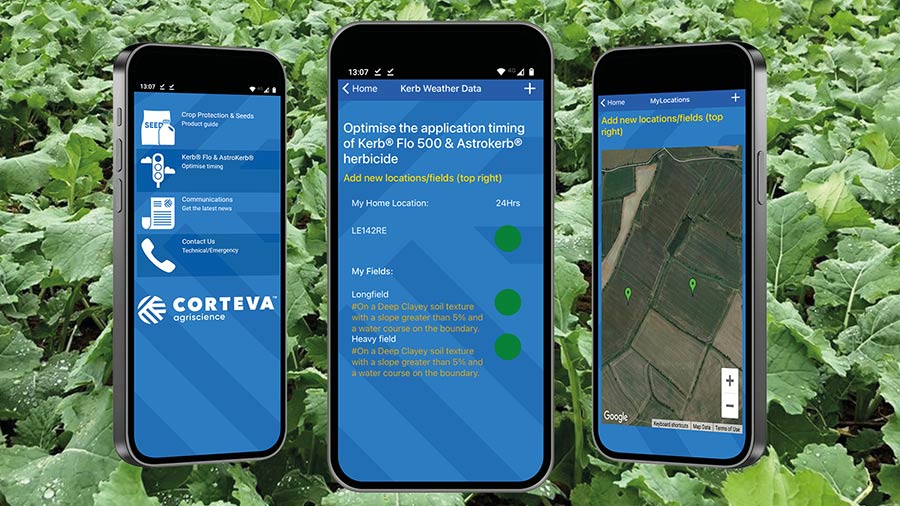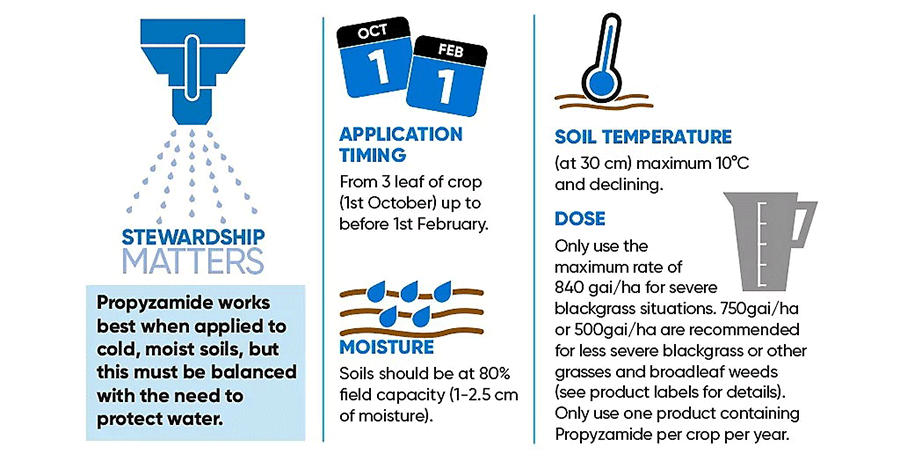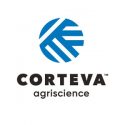Advertiser content
Best practice when applying the herbicide propyzamide
Provided by
OSR is a vital part of the rotation and Corteva remains committed to helping deliver the tools to ensure the crop has a bright future with farmers.
Challenges will be overcome by new thinking, open minds and innovation, allowing new strategies to emerge.
This year has seen the commercial launch of Pioneer Brand PT303, the first winter oilseed rape hybrid with a claim for sclerotinia tolerance. The latest AHDB trials results show PT303 has given the highest gross output of all RL entries with a yield of 107% - and that was in trials that are fully protected against sclerotinia!
With an innovative R&D pipeline, fantastic varieties alongside proven crop protection products – such as Belkar, Astrokerb, Kerb Flo 500 and Korvetto - farmers will be equipped with the tools they need to maximise the potential of their crops.
Connect with Corteva:
 © Corteva Agriscience
© Corteva Agriscience Corteva’s Kerb weather data service, provided via the free Corteva Arable app, helps farmers plan their propyzamide (Kerb Flo 500 and AstroKerb) herbicide applications to oilseed rape.
Products containing propyzamide can be applied to oilseed rape from 1 October, providing the crop has at least three leaves, to the 31January.
However, to make sure the herbicide works as well as possible, Corteva recommends waiting until soil temperatures have fallen below 10°C at 30cm. Soil moisture should be sufficient but not saturated; a soil moisture deficit of less than 50mm is advised.
Heavy rainfall after an application to winter oilseed rape and winter beans could present a risk to water; particularly if there is some soil compaction, as run-off through erosion is possible.
There are actions that can be taken to reduce the possibility of propyzamide leaving the field. Farmers should grow oilseed rape on a low-risk field (i.e. one that doesn’t slope towards a watercourse, is less susceptible to run-off and is far away from a water course).
They should consider appropriate establishment methods, direction of working travel, soil type and topography.
Tramlines should be laid out in a way that does not provide a direct route for water to leave the field. Surface compaction in tramlines should be disturbed if possible and buffer zones should be considered next to watercourses to reduce run-off.
The Voluntary Initiative recommends a 6m buffer along watercourses if possible, although wider buffers are advisable in particularly vulnerable areas.
The Environment Agency’s Drinking Water Safeguard Zones website and tool will identify whether planned oilseed rape fields are in a Drinking Water Safeguard zone and extra caution to be taken when applying crop protection products.
Use pesticides only when necessary and consider cultural methods such as cultivations, drilling dates and crop monitoring. Always make sure you’re using the right product for the job, at the right time.
To reduce the risk of propyzamide finding its way to water, ensure at least five of the following criteria are met:
- There is no risk of heavy rainfall within 48 hours of application.
- Field drains are not flowing and unlikely to flow within seven days of application.
- Field slope is less than 5% (1m fall in 20m).
- The field is NOT bordered by a watercourse.
- The field has a 6m grass buffer strip adjacent to water. Grasses that form tufts e.g. Yorkshire fog are recommended.
- There are NO field drains.
- The field has NOT been deep sub-soiled (below plough layer) or mole-drained within the preceding six months.
- The crop has been established with true minimum tillage working the top 4-6cm only or by direct drilling.
As much as 40% of pesticides reaching water may come from handling areas. Therefore, consider where sprayers are filled or washed down, as if this is not done properly or in the right area with risk mitigation in place, it can result in point source contamination of surface or ground water.
Useful resources
- For further information on ideal handling areas or stewardship guidelines visit voluntaryinitiative.org.uk or consult your local water company catchment advisor.
- Visit Corteva’s Propyzamide stewardship webpage and download the handy topic sheetc at corteva.co.uk/tools-and-advice/stewardship/Propyzamide-stewardship
- For Kerb Weather Data information at your fingertips, download the free Corteva Arable App and use the Kerb Flo 500 and AstroKerb timing tool for up-to-date application information for your postcode. Individual fields can be pin pointed to see if conditions are suitable for herbicide applications, building additional accuracy on top of the postcode search function. The slope of the field – a factor of significant importance when mitigating run off – can also be determined. An indication of soil type is also built in. Agronomists can use this tool for their farmer clients too. The Corteva Arable app is available for iOS and Android
- Sign up for Kerb Weather Data (KWD) e-newsletters

Image © Corteva Agriscience

